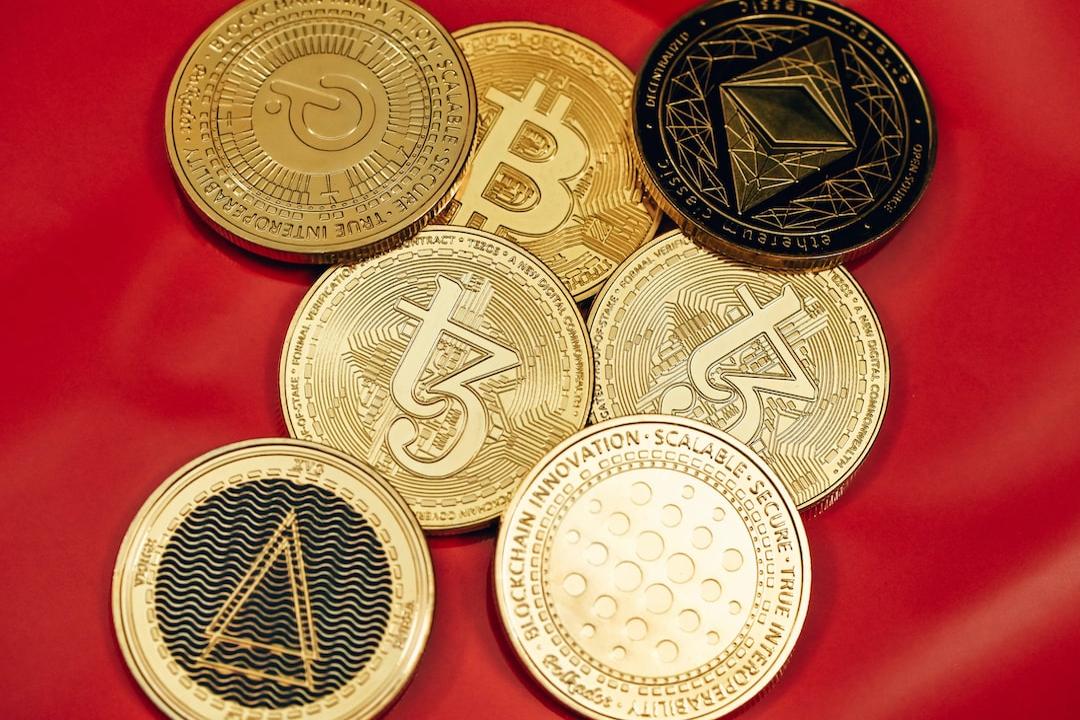The music industry has long been dominated by major record labels, exerting control over every aspect of an artist’s career, including song releases and royalty percentages. While streaming platforms like SoundCloud and Spotify have helped to democratize the industry and make it easier for artists to reach a wider audience, it remains a challenging task to build a dedicated fanbase and generate enough revenue to sustain oneself.
Enter music NFTs. These nonfungible tokens provide an opportunity for fans to directly support their favorite artists, allowing musicians to cultivate stronger communities with their listeners and content creators to establish more substantial and sustainable income streams.
To shed light on this topic, Cointelegraph’s podcast, The Agenda, interviewed Adam Levy, the host of Mint, a podcast that explores the Web3 creator economy, and Jay Kila, a crypto-native rapper from Mumbai and the founder of OTP India, a digital collectibles and fan engagement platform for Indian hip hop artists.
When asked about music NFTs, Levy explained that they generally fall into two categories. The first type is ownership-based NFTs, which grant buyers intellectual property rights and royalties. By purchasing these NFTs, individuals become entitled to a share of the revenue generated from Web2 audio streaming platforms like Spotify and Apple Music.
The second type is patronage-based NFTs, which don’t confer ownership rights but are collected to support an artist. Levy highlighted that the value of these NFTs comes from their appreciation in secondary sales.
Jay Kila became interested in music NFTs in early 2020 when most of his performance opportunities vanished due to the COVID-19 pandemic. He saw this new technology as an inspiring alternative to the traditional model, offering artists a means to make a living. This led him to establish OTP India with a friend.
Kila expressed his enthusiasm for the potential of music NFTs, stating that even selling an NFT for $300 could generate more income than a decade of Spotify streams for the average artist. He emphasized that it is nearly impossible to earn a living solely from streaming unless an artist garners millions of streams.
While Spotify claims to have paid out $7 billion in royalties in 2021, the majority of that money goes to record labels and publishers, with only a fraction reaching the artists. Additionally, Spotify reportedly pays independent artists significantly less per stream compared to major record labels.
Both Levy and Jay Kila agree on the power of music NFTs in fostering a direct connection between creators and fans. The Mint podcast practices what it preaches by issuing free NFTs to reward its loyal listeners, attract new subscribers, and expand its audience.
Jay Kila’s OTP project aims to build a Web3 community for the Indian hip hop scene through collectible digital trading cards. He emphasizes the importance of making this community accessible to everyone by pricing each artist card at an affordable $27. For him, it’s not about the money but about creating a bond between fans and artists and nurturing a community.
To learn more about music NFTs and how Levy and Jay Kila utilize blockchain to build communities and monetize content, listeners can tune into the full episode of The Agenda on Cointelegraph’s podcast platforms.
The Agenda is a podcast that explores the promises of crypto, blockchain, and Web3, and how technology can empower regular people to improve their lives. Check out Cointelegraph’s other new shows in the podcast section.
Please note that the views expressed in this article and podcast are solely those of the participants and do not necessarily reflect the views and opinions of Cointelegraph.

